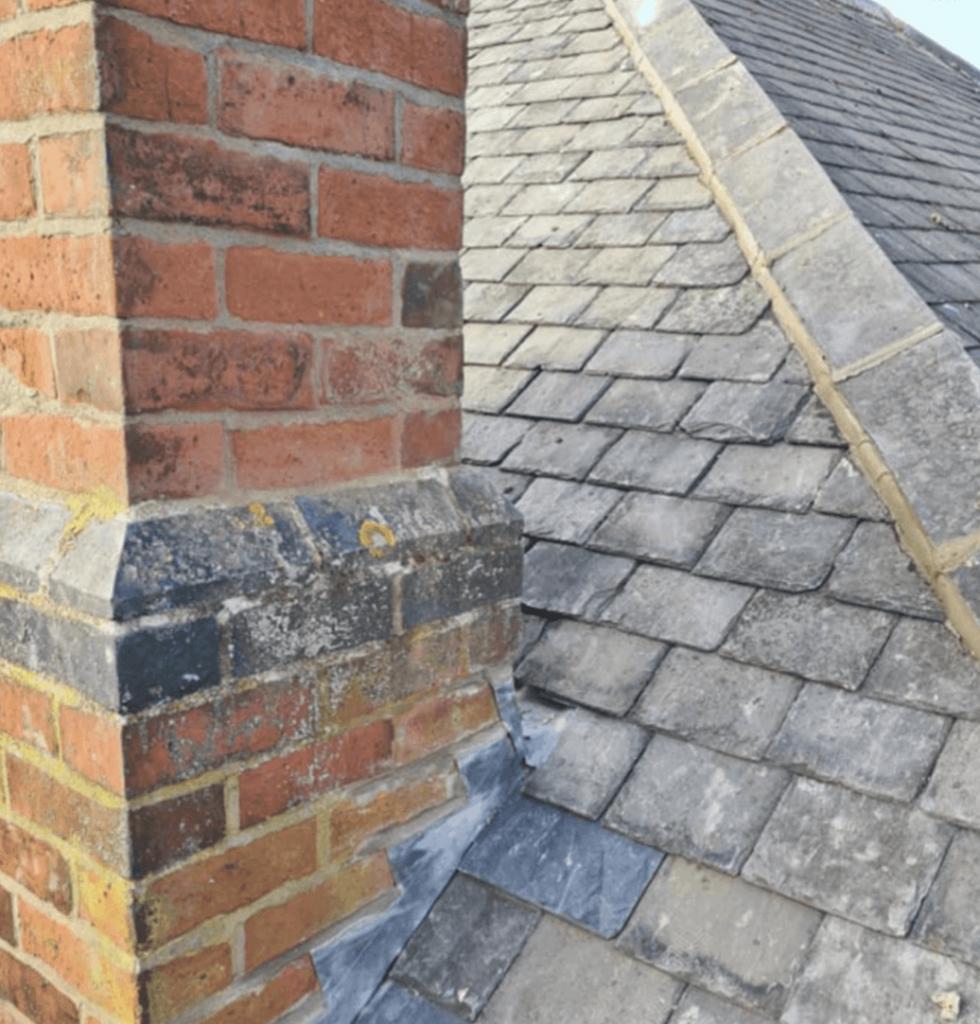Roofing is the uppermost covering of a building. This includes all constructions and structures required to support it on the ground or on uprights, providing protection against rain, sun, snow, extreme temperature, etc.

Roofs come in many shapes and styles depending on the area, climate, and other factors. They may be covered with a variety of materials, such as asphalt shingles, clay tiles, slate tiles, wooden shakes, ceramic tiles, and metal roofs.
Slate roofing has long been the choice of architects and builders for its beauty, durability, and longevity. This roofing material is naturally sourced and has been used for centuries, making it an environmentally friendly option that can enhance your home’s value while offering you and your family protection from the elements.
It is important to select a high-quality slate for your roof. Many slate roofs are nailed with hot-dipped galvanized nails, which are not only strong and durable but also long-lasting. Some roofers prefer to use square-cut iron nails, but these can fail in just a few years.
There are several different types of slate available, depending on the mineral composition of the stone. Some contain more hematite and purple highlights, while others have a greener color. The colors of natural slate are determined by the amount of hematite, chlorite, and carbon in the rock.
Another benefit of slate is that it does not crack like other roofing materials. This allows it to withstand extreme weather and protects your home from wind, hail, and fire.
Slate is also a highly effective insulator, which can reduce your energy bill and keep your home more comfortable in the summer months. In addition, slate is completely fireproof, which can be a major advantage in the event of a house fire.
Lastly, slate is also a great choice for those who are looking to increase their home’s resale value. It can add a distinct look to your property and will increase its curb appeal.
While slate can be costly, it is the best option for those who want a long-lasting, beautiful roof. It is also one of the most environmentally friendly options on the market.
A good rule of thumb is that slate will last for at least 100 years if installed properly and maintained regularly. However, this is dependent on a variety of factors, including the type of slate used, the slope of your roof, and previous maintenance.
Unfortunately, bad repairs can lead to a slate roof failing prematurely. These repairs usually involve replacing the wrong type of slate, sloping the roof too low, or installing face nails through overlying slates. These are just a few of the things that can cause a roof to degrade quickly, so be sure to hire a professional to take care of any issues that may arise.
Clay roofing is a classic roofing material that has been used around the world for centuries. It is known for its durability and is resistant to rot, insects, and extreme weather conditions. It can also be easily cleaned and is fireproof.
It is made from different types of clay that are mined from the earth. These clays are crushed, processed, and then formed into tiles, which can then be dried and glazed. The resulting tiles are durable and aesthetically pleasing to the eye.
They can be laid on flat or pitched roofs, depending on the type of roof that is being installed. However, a strong underlay is essential for any type of tile roof to be successful.
Ceramic tiles are another popular roofing option that can be made from a variety of materials. They are typically glazed and are available in a range of colors, shapes, and styles. They are a great choice for many homeowners because they are long-lasting and require little maintenance.
These roofs are also extremely durable, allowing them to last for decades without wearing out or fading. They are also fireproof and can withstand extreme temperatures.
They are very lightweight, which makes them a good choice for those who want a low-maintenance roofing option that is aesthetically appealing to the eye. They are also a great option for homeowners who want a roof that is environmentally friendly.



